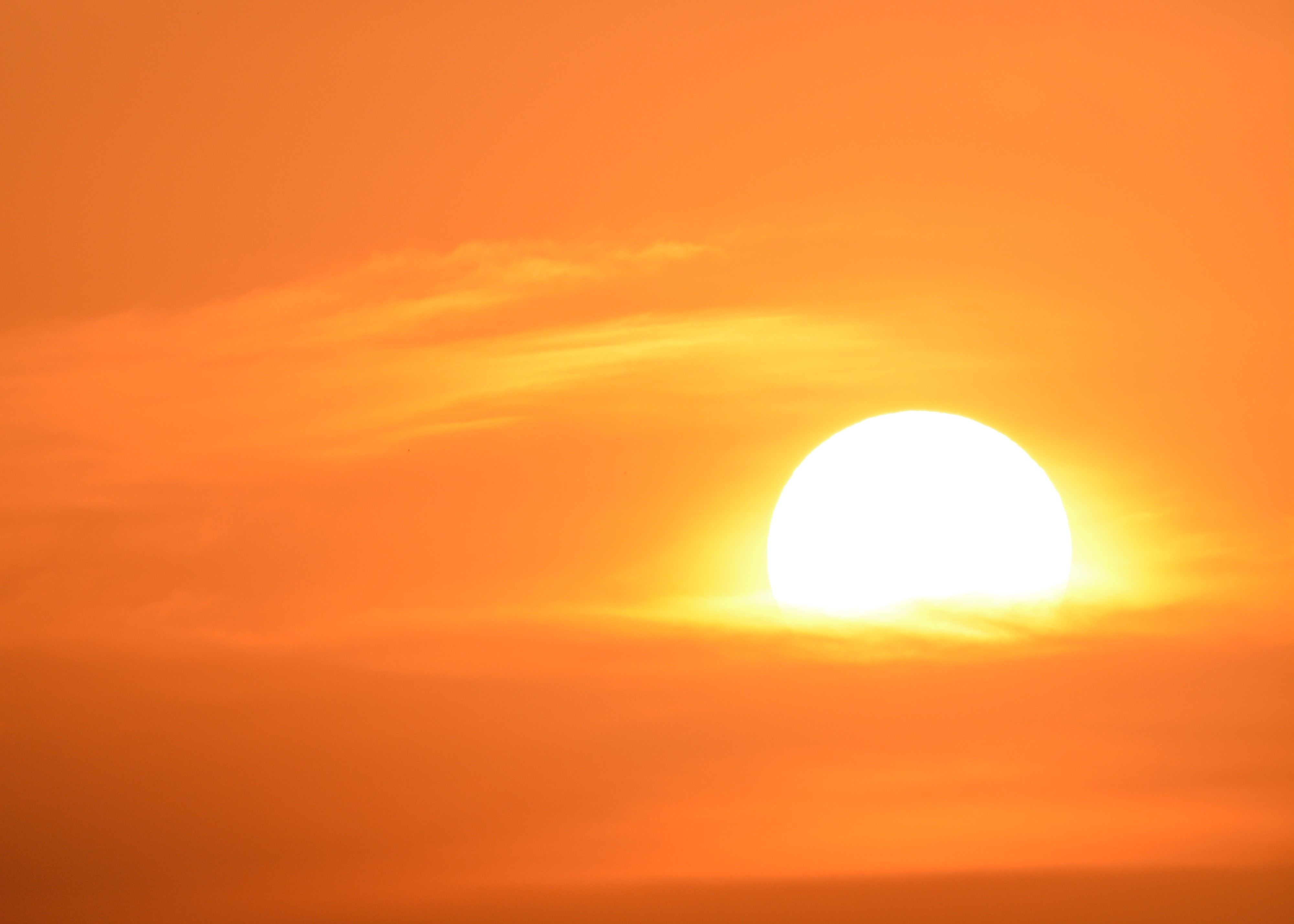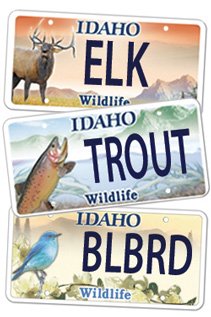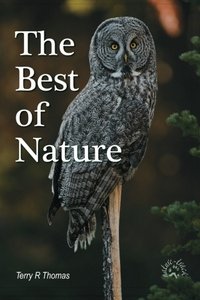Nuclear Fusion

Photo copyright Terry R. Thomas.
Re-creating the nuclear fusion reactions of the sun on the Earth is a big challenge that will not be quickly solved.
One thousand and fifty-six seconds, 17.6 minutes, may not sound like much time to us, but in January, China's 'artificial sun' named The Experimental Advanced Superconducting Tokamak (EAST) nuclear fusion reactor shattered the maintained plasma record by generating a steady loop of plasma (plasma consists of highly charged particles with extremely high kinetic energy—the sun is basically a ball of superheated plasma) for this long. While this did not produce energy, it is a crucial step in the advance toward sustainable nuclear energy.
In 2022, at Lawrence Livermore National Laboratory's National Ignition Facility (NIF) in California, 192 lasers focused on a peppercorn-sized pellet of deuterium-tritium and in the 5.4-million-degree Fahrenheit heat, converted the pellet into burning plasma in a reaction that lasted billionths of a second. This was a different type of experiment and did generate one and a half times the energy used to ignite it. This was a fusion reaction, showing that fusion on Earth is possible and perhaps changing our world forever. Combined with the EAST reactor and others like it, this may be the beginning to the answer to nuclear fusion, a “Holy Grail” of energy production.
I have been confused between nuclear fission and nuclear fusion and wanted to know more. At the most basic level, the difference is simple. Fission splits atoms, fusion joins them. We conquered nuclear fission in 1945 with the development of the atomic bomb. Since 1958, fission nuclear power plants have become a part of our national power grid, with 54 plants housing 93 reactors. The average age of these plants is about 43 years. Worldwide, excluding the USA, in 2023, 410 nuclear reactors were in operation in over 30 countries, with nuclear energy providing 9 percent of global electricity supply.
Nuclear fusion is a different animal. Fusion is the reaction that powers the stars. It has the potential to provide us with unlimited energy with almost no waste and no greenhouse gases. Fusion takes two lighter atoms and fuses them together to form one heavier one. However, this is not simple addition. The weight of the new atom is less than the combined individual weights of the single atoms and that difference is released as energy. This is described by Albert Einstein’s famous "E=mc²" equation.
Achieving controlled fusion on Earth means replicating the conditions on the sun. That is not an easy thing to do. We have already figured out how to have an uncontrolled fusion reaction—we call it the hydrogen bomb. Control is the key.
Like two magnets that repel each other when we try to put the two positive sides together, atoms tend to repel other atoms with a similar charge. It takes great pressure and high heat to overcome this tendency. The sun has a core temperature of around 27 million degrees Fahrenheit, toasty to be sure, but an atmospheric pressure 200 billion times more than that on Earth. We cannot mimic that kind of pressure so to get the two atoms to literally fuse into one atom, we use heat instead, heating them up to 180 million degrees Fahrenheit, almost seven times hotter than the sun.
There are two approaches to achieving fusion in the lab: inertial confinement fusion, which uses powerful lasers, and magnetic confinement fusion, which uses powerful magnets. The NIF uses inertial confinement fusion while EAST uses magnetic confinement fusion.
While inertial confinement has actually yielded fusion so far the energy needed to create the reaction far exceeds the energy produced. A lot of money and effort is being spent on magnetic confinement fusion. In South France a multi-national facility called the International Thermonuclear Experimental Reactor (ITER) has been under construction since 2013. It will be a much larger tokamak chamber (where the plasma spins in a circle) than any other reactor. However, it is still not operational and won’t be until at least 2039 and at a cost of perhaps $45-60 billion.
Will we ever see energy produced by nuclear fusion? There are many estimates as to when this may occur, but it currently takes decades to construct a facility, so once the science is achieved, there will be a long lag-time. We should not relax efforts to stem greenhouse gases because of the potential of fusion reactors. As some in the industry like to say, fusion energy is just 30 years away and always will be.
Help Idaho Wildlife
When we traveled across the state in October 2017, we visited most of the Idaho Department of Fish and Game wildlife management areas. Most of the vehicles we saw using the wildlife management areas did not have wildlife plates. Buying wildlife plates is a great way for non-hunters and hunters alike to support wildlife-based recreation like birding.
C'mon folks, let's help Idaho's wildlife by proudly buying and displaying a wildlife license plate on each of our vehicles!
See below for information on Idaho plates. Most states have wildlife plates so if you live outside Idaho, check with your state's wildlife department or vehicle licensing division for availability of state wildlife plates where you live.
And tell them that you heard about it from Nature-track.com!

Wildlife License Plates
Great news! as of 2024, there are three NEW designs for license plates. They still are bluebird, cutthroat trout and elk, but they are beautiful.
Idaho Wildlife license plates provide essential funding that benefits the great diversity of native plants and wildlife that are not hunted, fished or trapped—over 10,000 species or 98% of Idaho’s species diversity. Game species that share the same habitats (such as elk, deer, antelope, sage-grouse, salmon, trout) also benefit from these specialty plates.
No state tax dollars are provided for wildlife diversity, conservation education and recreation programs. Neither are any revenues from the sale of hunting or fishing licenses spent on nongame species. Instead, these species depend on direct donations, federal grants, fundraising initiatives—and the Idaho Wildlife license plates.
Both my vehicles have Bluebird Plates. I prefer the bluebird because the nongame program gets 70 percent of the money from bluebird plates, but only 60 percent of the money from elk and trout plates - 10 percent of the money from elk plates supports wildlife disease monitoring and testing programs (to benefit the livestock industry) and 10 percent from cutthroat plates supports non-motorized boat access.
Incidentally, in 2014, the Idaho Legislature denied the Department of Fish and Game the ability to add new plates or even to change the name of the elk and cutthroat plates (very specific) to wildlife and fish plates, a move that would have allowed for changing images occasionally and generating more revenue. It would seem that they believe that we Idahoans don't want a well funded wildlife program.
I think it is time we let the Legislature know that Idahoan support wildlife funding and that we would like to see these generic plates come to fruition.

"WOW. What a phenomenal piece you wrote. You are amazing." Jennifer Jackson
That is embarrassing, but actually a fairly typical response to my nature essays. Since The Best of Nature is created from the very best of 16 years of these nature essays published weekly in the Idaho Falls Post Register (online readership 70,000), it is a fine read. It covers a wide variety of topics including humorous glimpses of nature, philosophy, natural history, and conservation. Readers praise the style, breadth of subject matter and my ability to communicate complex and emotional topics in a relaxed and understandable manner.
Everyone can find something to love in this book. From teenagers to octogenarians, from the coffee shop to the school room, these nature essays are widely read and enjoyed.
Some of the essays here are my personal favorites, others seemed to strike a chord with readers. Most have an important message or lesson that will resonate with you. They are written with a goal to simultaneously entertain and educate about the wonderful workings of nature. Some will make you laugh out loud and others will bring a tear to the eye and warm your heart.
Readers Write:
"You hit a home run with your article on, Big Questions in Nature. It should be required reading for everyone who has lost touch with nature...great job!" Joe Chapman
"We enjoyed your column, Bloom Where Planted. Some of the best writing yet. The Post Register is fortunate to have your weekly columns." Lou Griffin.
To read more and to order a copy, click here or get the Kindle version
Copies are also available at:
Post Register
Island Park Builders Supply (upstairs)
Barnes and Noble in Idaho Falls
Harriman State Park, Island Park
Museum of Idaho
Valley Books, Jackson Wyoming
Avocet Corner Bookstore, Bear River National Wildlife Refuge, Brigham City, Utah
Craters of the Moon National Monument Bookstore, Arco, Idaho